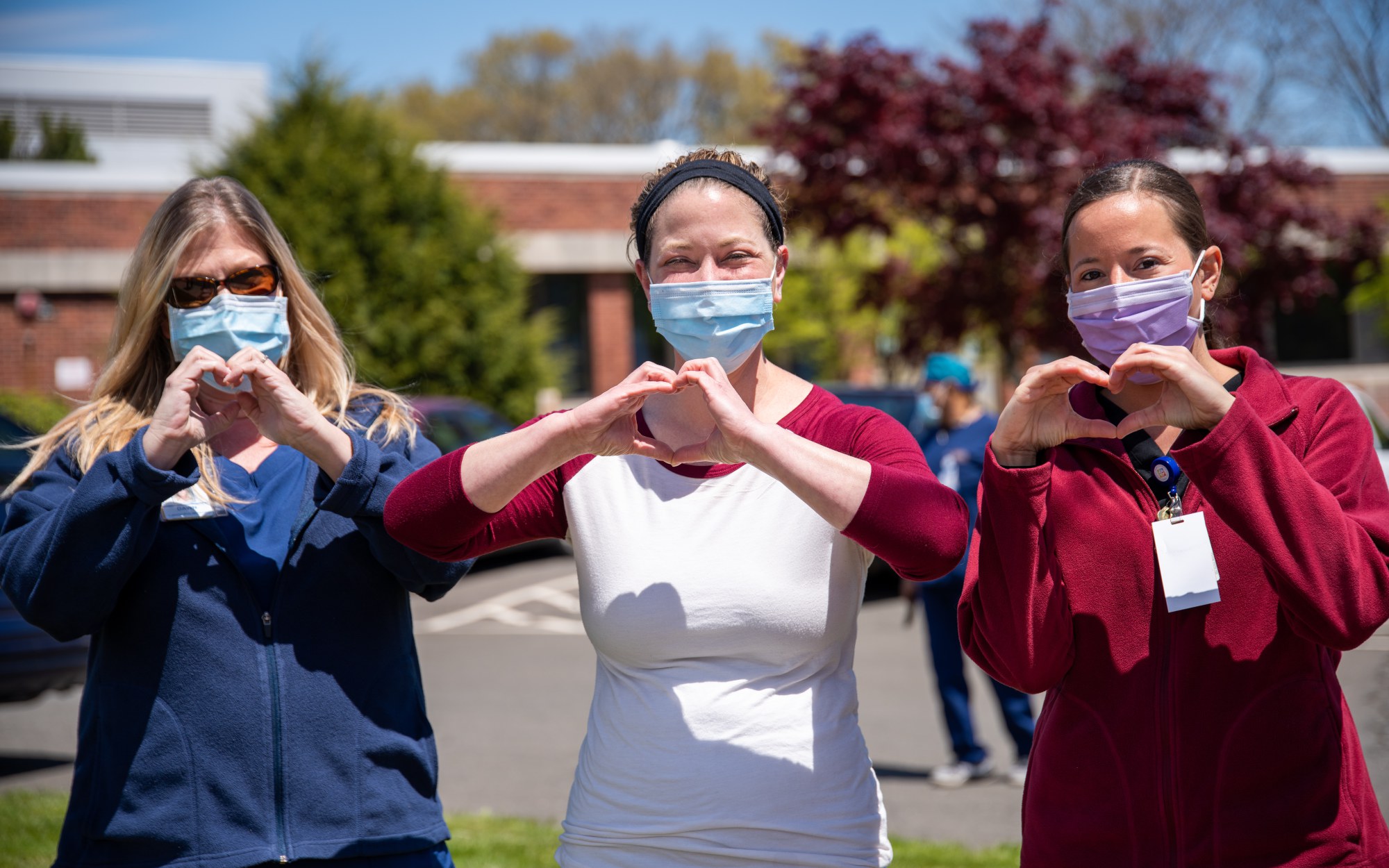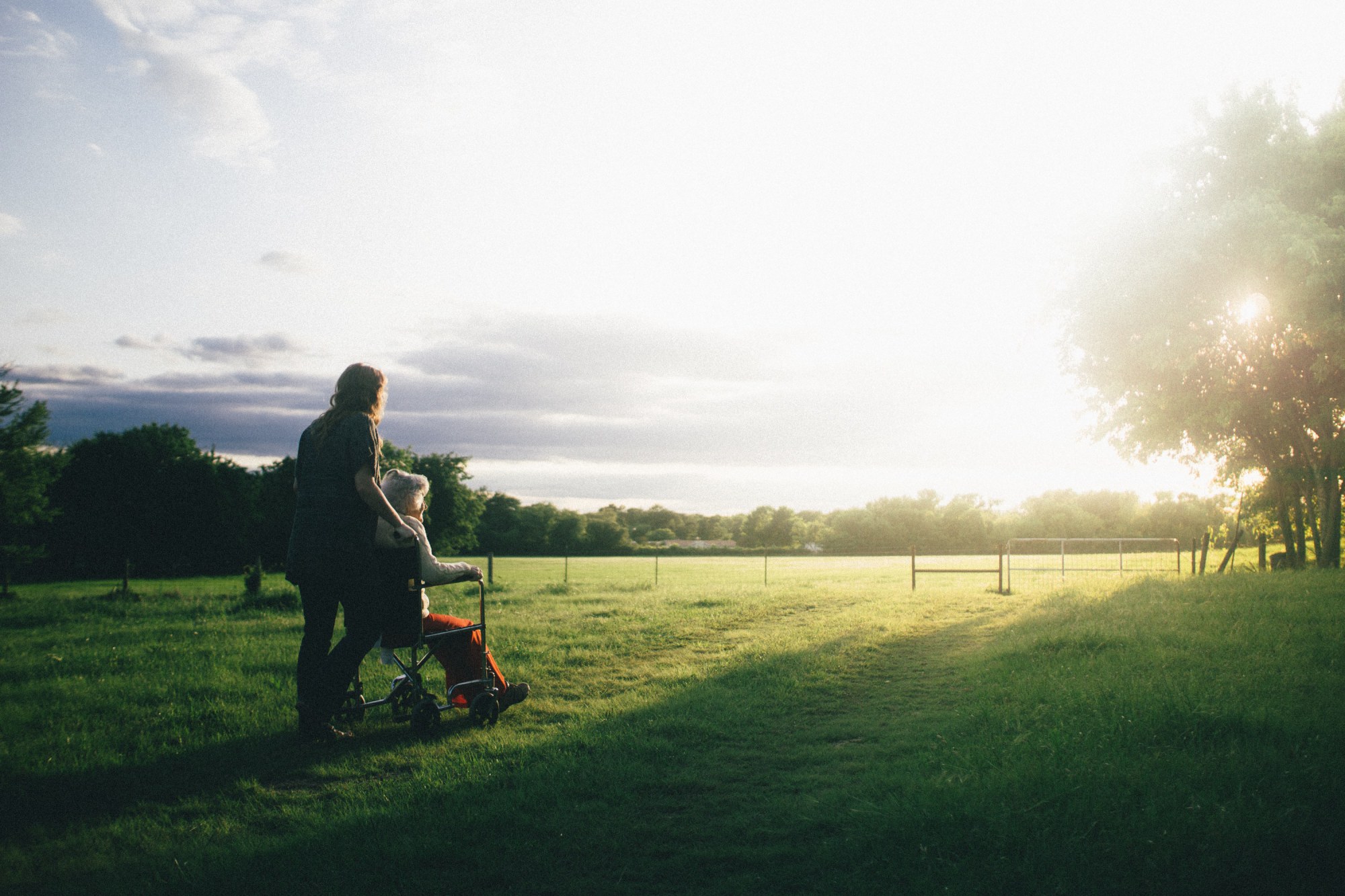Some positive, and some not quite as positive trends have emerged over the last several years in long-term care options. Like many industries these days, norms, best practices and even options are changing rapidly. Here are a few things to consider regarding long-term care that could help you make important decisions.
1. Technology
Like many other industries, many of today’s long-term care facilities are going high-tech. While some still use notification systems like emergency levers strategically placed around an elderly patient’s room or apartment, many larger facilities, including both skilled nursing facilities and independent living residences, are equipped with monitors that allow for a central command center. Hallways of buildings, elevators, dining rooms and even living areas of individual apartments (with the resident’s permission) may be monitored to detect medical emergencies, falls or other critical situations that a person may experience. If you are touring a facility, ask about surveillance technology on whatever type of property you are considering placing your loved one in. In fire prone areas of the country, solar-energy panels along with large back-up battery units and generators are not uncommon and often ensure that patients and residents remain safely monitored and equipped with essential items like automated oxygen units.
2. Staffing Shortages
The long-term care industry has been hit hard by staffing shortages across the country. With many people leaving the healthcare industry since 2020, due to the consequences and effects of COVID-19, long-term care facilities are scrambling to fill spots left vacant and mitigate the impact of a smaller workforce to draw from. Additionally, as Baby Boomers age, the demand for long-term care options is on the rise across the U.S. If you are considering placement for yourself or a loved one in a long-term care facility, inquire about preparations for staff shortages, whether temporary (illness) or indefinite. What resources does the facility have to turn to in the event of a staffing crisis?

3. Small Group Facilities v Larger Complexes
If there is one thing that COVID-19 showed the world, it is that larger groups of people are more difficult to keep safe from the effects of a highly infectious disease like coronavirus. Currently, smaller elder care facilities are becoming more common for those who can afford it (they are sometimes more expensive) and in rural areas. It only takes a small handful of people to staff a four-person elder care home, and in communities where multiple small facilities exist, staff often overlap between them, which means they are able to work in more than one location and provide coverage.

4. Caring For Caregivers is More Common
One of the challenges of elder care, whether in a private home or a skilled nursing facility, is making sure that caregivers stay healthy. Many facilities in the U.S. are implementing more staff support services, such as counseling and trainer-led exercise programs that are aimed at keeping caregivers healthy, mentally and physically. With staffing shortages (see above) that don’t seem to be going away any time soon, organizations that employ caregivers are realizing that they not only need to provide living wages, but encourage healthy ways of living.

5. Hospice Is Becoming More Common
According to data released by the National Institutes of Health, hospice care is on the rise in the U.S., largely due to the aging population. As people live longer, the number of chronic illnesses also rises, which means long-term care for many. Now, many hospice agencies, both independent and non-profit, as well as for-profit hospice organizations are working more closely with primary care doctors and hospitals to provide information on their services sooner, rather than later in a terminal patient’s life. Palliative care (care based on comfort, not cure) is also on the rise and becoming a more common option along with end-of-life hospice care.




